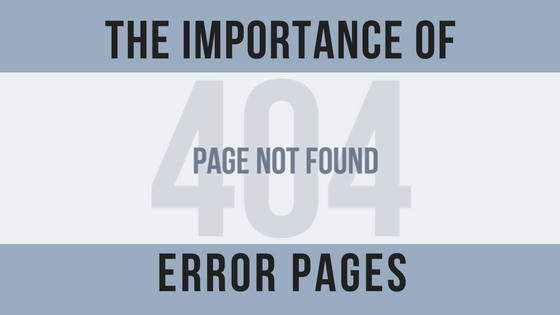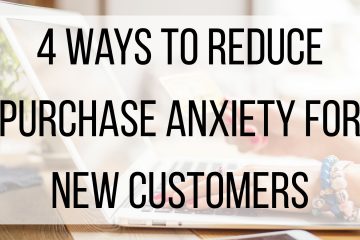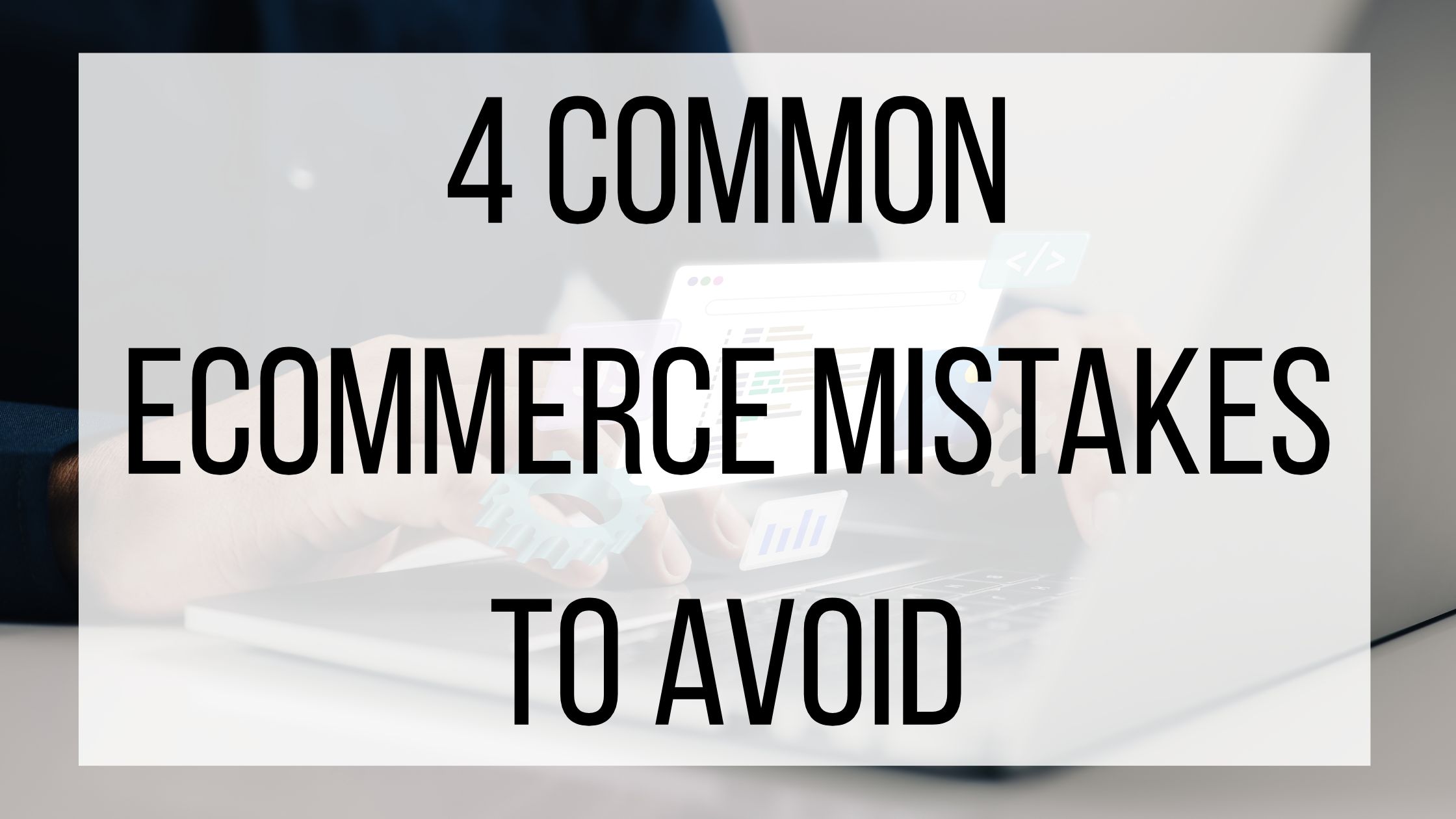The Importance of 404 Error Pages
How often do you think about your 404 error page? If you are like most businesses, the answer is probably not that often. But, at some point in your site’s lifetime, a visitor is going to stumble onto a 404 error page (it’s inevitable). The number of these errors tends to increase with the age of your site, and the more you have, the larger the problem grows.
What are 404 Errors?
According to Google, “A 404 page is what a user sees when they try to reach a non-existent page on your site (because they’ve clicked on a broken link, the page has been deleted or they’ve mistyped a URL). A 404 page is called that because, in response to a request for a missing page, web servers send back a HTTP status code of 404 to indicate that a page is not found. While the standard 404 page can vary depending on your ISP, it usually doesn’t provide the user with any useful information, and most users may just surf away from your site.”
In short, a 404 error means that the requested page cannot be found.
Are 404 Errors Bad For Your Business?
404 errors can actually make your visitors frustrated and unhappy; and, excessive 404 errors can negatively impact your site’s SEO. Consider this, all the visitors you lose over a few broken links are equivalent to profits lost for your business.
When a visitor clicks a link on your page that takes them to a 404 error, the most common thing they do next is leave your site. According to a Webmasters’ survey, 77% of people who attempt to visit a web page but receive the 404 Error Page instead make no further attempt to access the searched-for page. When Google or other search engines see a large amount of this type of user behavior from your page, it raises a red flag. What’s more, your site can be considered poorly maintained and your search rankings can drop.
To Prevent or Correct 404 Errors
- When a visitor stumbles across a 404 error on your website, you can re-engage them by providing relevant information, product recommendations, or a link back to your homepage. This way you can keep their attention.
- You can create a customized 404 error page to work well with your branding and ensure your site visitors aren’t confronted with a default 404 page. Furthermore, Google also recommends: “If you have access to your server, we recommend that you create a custom 404 page. A good custom 404 page will help people find the information they’re looking for, as well as, providing other helpful content and encouraging them to explore your site further.”
- Include a search bar on your customized 404 page for navigating your site. At the very least keep your primary header navigation so visitors will be able to reach all of your major category pages.
- Any time you conduct an update or make any sort of changes to your site, you should ALWAYS check that your internal links are still working properly.
- Manually checking for broken links can be overwhelming, especially for large site owners. Luckily, Google Analytics is one of the most powerful tools for webmasters and can find broken links on your website.
- Set up 301 redirects for old URLs. This way if a visitor clicks on an old URL, they will automatically be redirected to a page related to what they were looking for. It will also create a much better user experience for those visitors who would otherwise land on a 404 page.
Ultimately, your 404 error page should be easy to understand, accurate and helpful. It should effectively communicate why an error has occurred and offer some alternative to point the visitor in the right direction. By doing this, it will ensure traffic remains on your site even if an error occurs.



